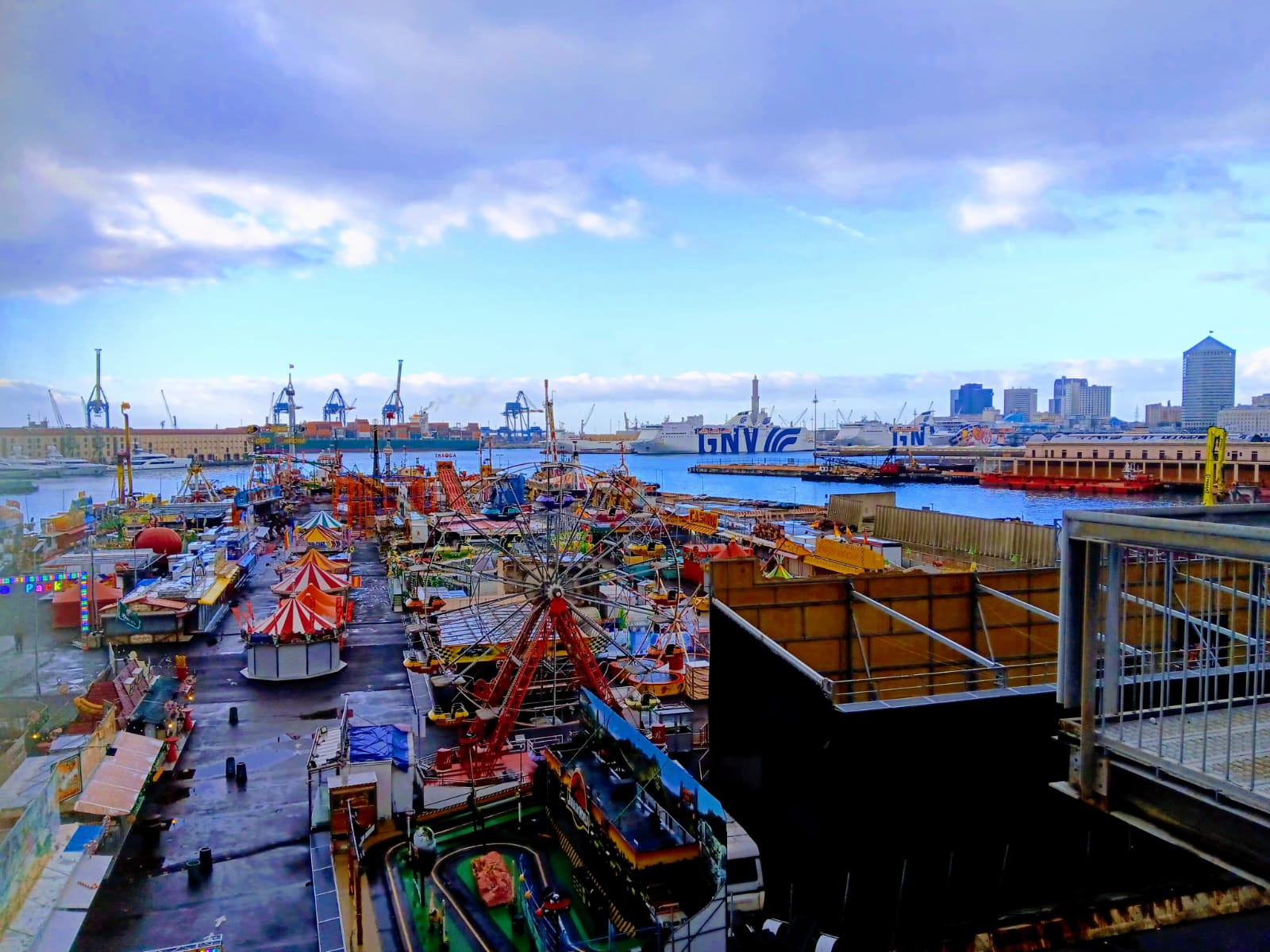GENOA, ITALY
Overlooking the Ligurian Sea, Genoa was the capital of a Maritime Republic from 1099 to 1797, becoming one of the greatest naval powers on the continent. It is still an important economic, academic, scientific, cultural, musical and artistic centre, with a historical centre that unfolds through the charming caruggi, the narrow streets lined with high external walls of houses.
In the city, the palaces, villas, parks and fortifications bear witness to the charm of the ancient Maritime Republic.
The capital of delicious pesto and good food, it is also home to many industrial activities and some of the country’s most important tourist and trade fairs.
VENUES
Flip the images by hovering over them with your mouse or by clicking on them!
Palazzo Balbi Cattaneo
Via Balbi, 2, 16126 GenoaPalazzo Balbi Cattaneo
Via Balbi, 2, 16126 Genoa
In the second half of the 16th century Francesco Balbi created the first nucleus of the family’s “domus magna” (i.e., main residence) near the Church of the Annunziata. Ceded to the Cattaneo della Volta family in the 1770s, it was completely redesigned and redecorated. Restored and partially rebuilt by Luigi Daneri after World War II, it housed the Faculty of Humanities of the University of Genoa since 2001. The Hall on the second floor is home to the Cattaneo picture gallery, which includes a group of four magnificent family portraits by Vaymer and Pellegro Parodi.
Polo Didattico delle Fontane
Via delle Fontane, 10, 16124 GenoaPolo Didattico delle Fontane
Via delle Fontane, 10, 16124 Genoa
The Polo didattico delle Fontane is one of the buildings of the University of Genoa (commonly referred to as UniGe), founded in 1481 and located in the historic centre of Genoa, with branch campuses in various cities in Liguria. As with most European universities of ancient tradition, the origins of the University of Genoa lie in the associations of faculty and students.
University of Genoa - Department of Economics
Via Francesco Vivaldi, 5, 16126 GenoaUniversity of Genoa - Department of Economics
Via Francesco Vivaldi, 5, 16126 Genoa
The Department of Economics and Business Studies has a long tradition and deep ties with the history and economy of the city of Genoa. Founded in 1885 as the Scuola Superiore d’Applicazione di Studi Commerciali (Higher School of Business Studies), through the joint initiative of public institutions and private operators, it has aimed to culturally and professionally train individuals capable of operating successfully in a changing economic context.
Palazzo Ducale
Piazza Giacomo Matteotti, 9, 16123 GenovaPalazzo Ducale
Piazza Giacomo Matteotti, 9, 16123 Genova
Palazzo Ducale’s history began during Genoa’s rise as a Mediterranean power after its 1284 victory over Pisa. Initially, Genoa’s government lacked a permanent seat, leading to the acquisition of two strategic buildings from the Doria and Fieschi families, which later became the Doge’s Palace in 1339 with the election of Simon Boccanegra. In 1591, Andrea Ceresola, known as il Vannone, transformed it into a grand Mannerist palace symbolizing the oligarchic Republic. A fire in 1777 led to a neoclassical redesign by Simone Cantoni, and after Napoleon’s conquest, the palace became a government and judicial seat. Twentieth-century restorations revived its medieval and Mannerist elements, culminating in a major refurbishment in the 1980s. Since 1992, Palazzo Ducale has served as a vibrant cultural center, hosting exhibitions, festivals, and events.
HOW TO REACH THE VENUE
Map legend
In the map below we have marked all the points of interest of the conference:
- Venues:

- Palazzo Balbi Cattaneo – Via Balbi, 2
- Polo didattico delle Fontane (UNIGE) – Via delle Fontane, 10
- University of Genoa, Department of Economics – Via Francesco Vivaldi, 5
- Palazzo Ducale – P.zza Raffaele de Ferrari, 9
- Social program:

- The Conference Dinner, to be held in the “Palazzo Ducale” – P.zza Raffaele de Ferrari, 9
For more information on public transportation and how to reach the transfer stops visit this page.

Points of interest
You will see the map legend by clicking the button at the top left.